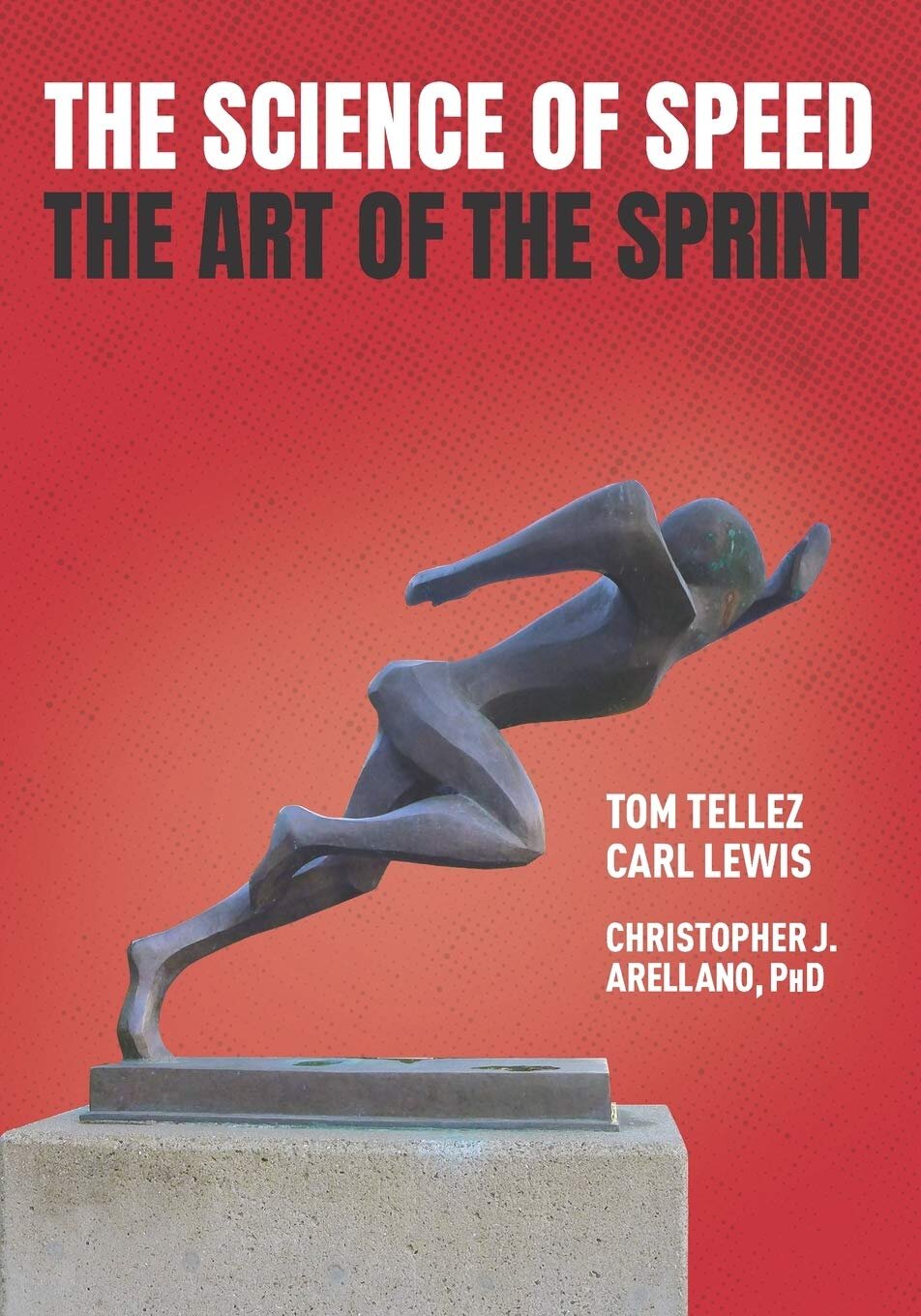5 Common Myths about Lactic Acid and Running
/There are 5 common myths about Lactic Acid and that still persists today among coaches and athletes.
“The burn” felt in the leg muscles during fast running is caused by a buildup of lactic acid
Lactic Acid provides soreness experienced the day after an especially tough workout
Lactic Acid is a metabolic waste product formed in muscles during vigorous exercise
Lactic Acid shows up in the muscles when athletes run to a point of oxygen debt
Lactic Acid is fatigue during intense running
Science tells us that all 5 of these assertions about Lactic Acid are untrue.
Author Owen Andreson dispels these myths in quick order in his book Running Science:
Lactic acid doesn’t produce burning sensations, it doesn’t induce soreness, and it’s not a form of metabolic garbage that must be eliminated from muscle cells as quickly as possible.
The burn experienced during high-speed running is probably a protective mechanism created by the nervous system in order to stop runners from damaging their muscles with too much high-speed effort.
The soreness experienced 24 to 48 hours after a tough workout is most likely the result of an inflammatory process occurring in muscle cells that have been partially damaged by very strenuous running; lactic acid is not involved.
In addition, oxygen shortfalls are not required in order to make lactic acid appear in the muscles and blood, and lactic acid does not induce fatigue. The truth is that lactic acid is produced in the body all the time, even when athletes are at rest, because it’s a natural byproduct of the key energy-producing process of glycolysis. Furthermore, running velocity at lactate threshold occurs at 60 to 88 percent of VO₂ Max, that is, at an exercise intensity at which oxygen is not yet limiting since VO₂ Max has not been reached.
The concentration of lactic acid in the muscles and blood can rise significantly whenever a carbohydrate-containing meal is consumed; many of the ingested carbs are broken down glycolytically to pyruvic acid, which is then converted to lactic acid. If lactic acid really caused muscle soreness and fatigue, runners would experience muscle pain and tiredness every time they wolfed down their favorite carbohydrate-rich meals!
Anderson goes on to define Lactic Acid’s, or more accurately, lactate’s, real role in the body as follows:
Instead of being a dangerous compound that wreaks havoc inside muscle cells, lactic acid (or, more accurately, lactate, which is just lactic acid without a hydrogen ion) plays a paramount role in carbohydrate processing throughout a runner’s body. Lactate can move out of the muscles and travel through the bloodstream to the liver; the liver can then use lactate to produce glucose, a runner’s most important source of carbohydrate fuel. This is an incredibly significant role for lactate because the liver relies on glucose to maintain normal blood sugar levels.
In addition, up to 50% of the lactate produced during a very tough workout or race may be used eventually to synthesize glycogen in the muscles. Glycogen is the key storage form of carbohydrate in the body. This is important because the muscles use carbohydrates as the major energy source during high-quality workouts and competitive endurance performances. Far from damaging tissues or inducing soreness, the glycogen that comes from lactate provides the energy needed to carry out subsequent, high-quality workouts; the glycogen can be broken down into countless molecules of glucose, which then undergo glycolysis. During exercise, lactate is also an irreplaceable source of immediate energy for muscles and other tissues because lactate can be converted back to pyruvate, which can then quickly enter the energy-producing Krebs cycle. cycle. Enhancing the ability to use lactate can improve a runner’s race times rather dramatically. Thus, lactate can go two ways in muscles: (1) into glycogen formation, or energy storage, or (2) into energy creation via pyruvate’s entry into the Krebs cycle. Developing the ability to process lactate effectively helps athletes run faster and longer.
Source: Running Science, Anderson, Chapter 10.



